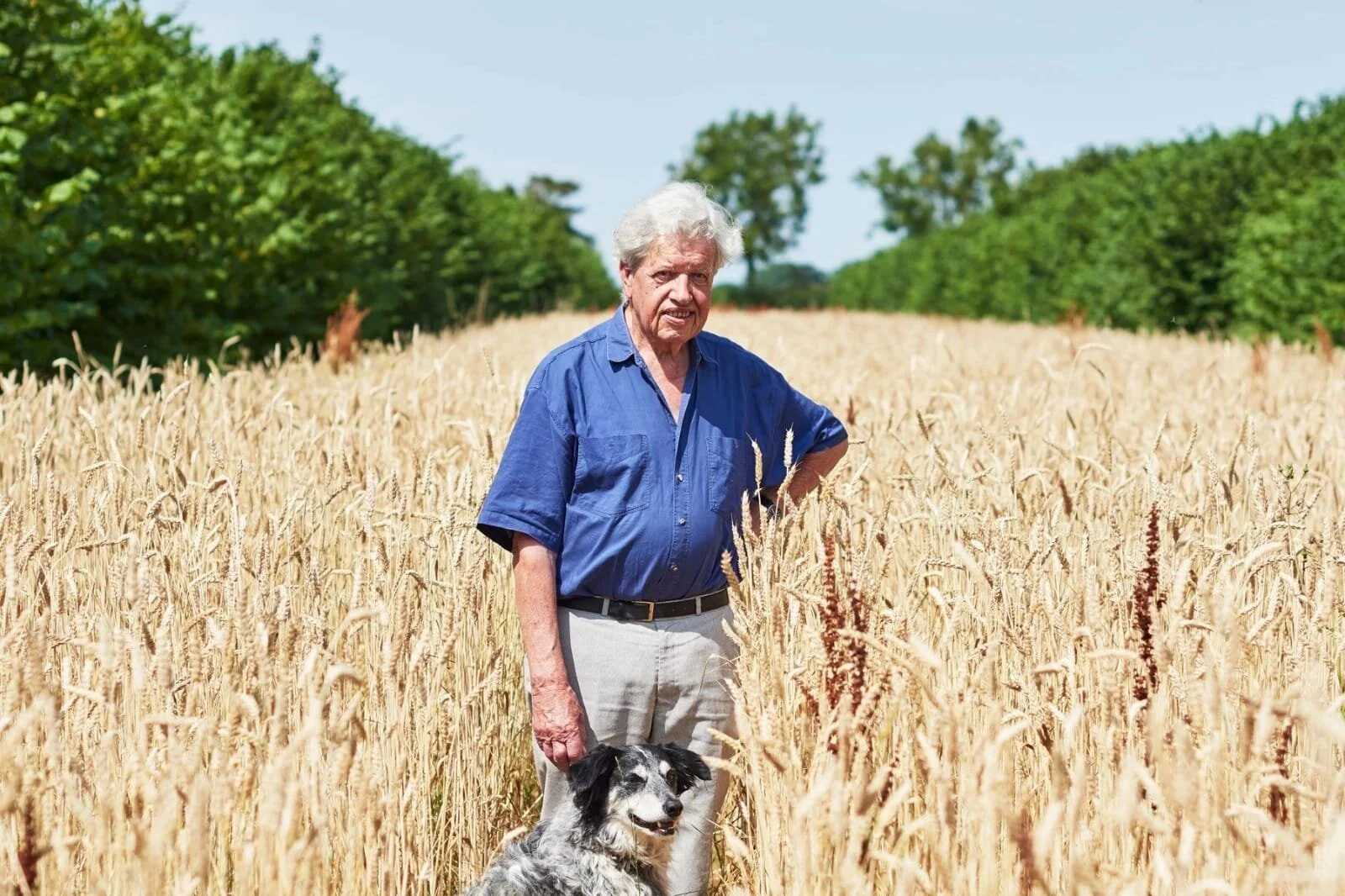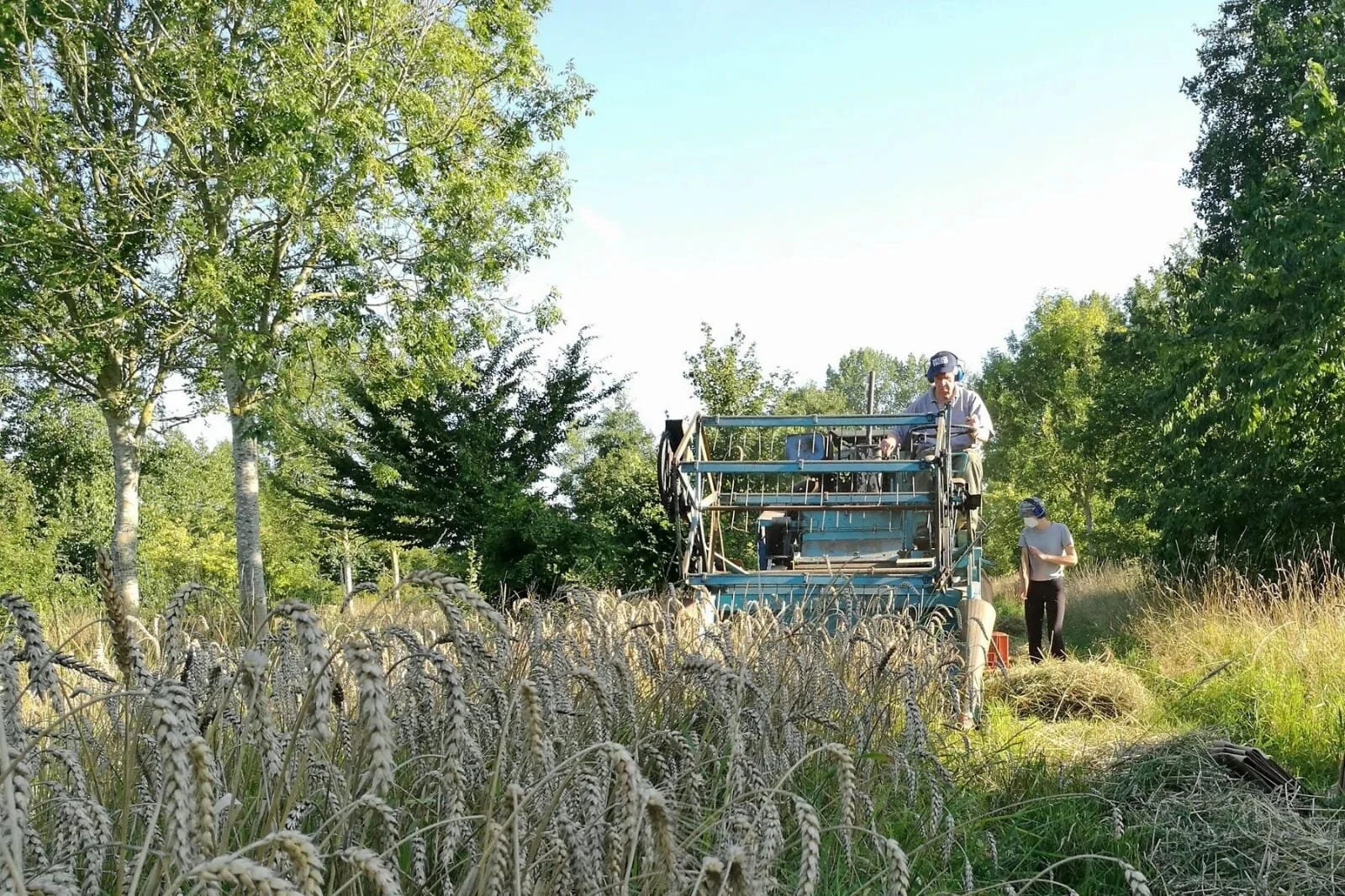Prof. Martin Wolfe
Martin Wolfe
In the 1970's when Prof. Martin Wolfe was studying wild Barley in Turkey he discovered a unique variety that existed in only one place in the entire world: in the shade of a single rock in one meadow. Barley has sufficient genetic diversity and responsiveness to its environment that this variety had evolved to fit this tiny niche and make it home.
Prof. Wolfe was studying the co-evolution of barley with a barley pathogen. His research showed how Barley's relationship with this pathogen, that was infecting and killing individual plants, was responsible for the evolution of Barley as a whole.As Head of Plant Pathology of the Cambridge Plant Breeding Institute (PBI) and later Swiss Federal Institute of Technology (ETH) Prof. Wolfe developed cereal crops that mimicked these reflexive relationships as found in nature. They therefore did not require additional human intervention while also supporting biodiversity.These crops had high yields without requiring chemical fertilizer or crop protection and became extremely popular in Soviet Eastern Bloc countries that could not afford the chemicals that were being spread during the "green revolution".
At the end of the 1980's, 350,000 hectares of land were farmed in Eastern Europe without chemicals using Prof. Wolfe's cereals.At the fall of the Berlin Wall, Agribusinesses from west of Berlin bought huge swathes of land and converted them to chemical monoculture inspired by Norman Borlaug and the "Green Revolution". The land using Prof. Wolfe's cereals fell from 350,000 to 20,000 hectares in less than a year.In the 1990's Prof Wolfe further developed genetically diverse cereal crops to more closely mimic their natural disease resistance and evolution in nature.
He crossed 21 varieties of wheat, known for their high quality and high yield, to create a super-genepool within a single crop and then allowed them to evolve naturally in the field, saving seed after harvest and sowing them the following year. This wheat requires no fertiliser or crop protection to be added to the crop and evolves to suit the specific farm and climate conditions where it is grown. It is a genetically diverse wheat that supports the lives of insects, fungi and soil organisms that are being exterminated en masse with agricultural chemicals across the industrialised world.
These organisms go on to feed larger organisms, mammals and birds and support a web of life beyond the farms where it is grown, as well as feeding human beings.This wheat, known as YQ, is now used by bakers such as E5 Bakehouse and Small Food Bakery who won the BBC Good Food Award in 2018.
Understanding
An overview of the situation, food for reading, thought and action...Wheat has more genes than human beings. This means that genetically speaking there is more difference between one wheat plant and another than there is between one human being and another. This genetic diversity is what has enabled the plant to survive and evolve in an environment of pests, predators and changing climatic conditions. Despite this we have a seed licensing system that actively prevents genetic diversity.
Within the EU one has not been allowed to sell seed unless it is genetically homogenous. (This is not something that relates solely to GM. GM Crops are still illegal to grow in the UK.) This is one of the reasons why, in fields of cereals or vegetables you see in the UK, every plant within a crop is genetically identical to every other plant within that crop.Another factor encouraging this absence of diversity is the drive to simplify the workload of producing food and cut the costs of production. Farm machinery requires uniformity to work most efficiently and farm management becomes more complicated when there are more diverse living things to consider. Industrial farmers plant entire fields of a single crop, a monoculture, and thereby reduce the number of people required to run a farm while enabling greater specialisation.
The huge yields of a single crop that are produced can only be sold as commodities due to the quantity. Commodity farming separates farmers from the people eating the food and the people who eat food from the land where it was grown. It also keeps farmers beholden to fluctuating commodity prices and unfavourable supermarket contracts.Baking bread on an industrial scale using the Haber-Bosche process requires particular uniform characteristics and these influence demand for wheat that influences which varieties farmers grow. This too rallies against the diversity which is essential to the very being of the plants and the ecology in which they came into existence.
This creates a situation where the genetic diversity that has enabled the plant to survive over time has been removed. Pathogens have ideal circumstances for their rapid evolution which leaves these crops extremely vulnerable to epidemic disease. The lack of diversity of other plants and animals within a single field leaves crops vulnerable to predation by insects and molluscs and undermines healthy soil biology, further reducing a crops ability to thrive without support, usually in the form of chemicals. This approach to farming makes our food dependent on pesticides, fungicides, insecticides, herbicides and molluscicides.
Most of these applications do not discriminate well between the organisms that are a threat to the crop and other organisms with a similar biology. Therefore our use of them has dramatic impacts on wild populations of these organisms and the other living things in the food webs of which they are a part.Pioneering scientists and farmers are revolutionising our understanding of the biosphere and showing that it doesn't have to be this way. By mimicking and integrating ourselves with natural systems human beings can have a positive impact on biodiversity and life beyond the human world.




